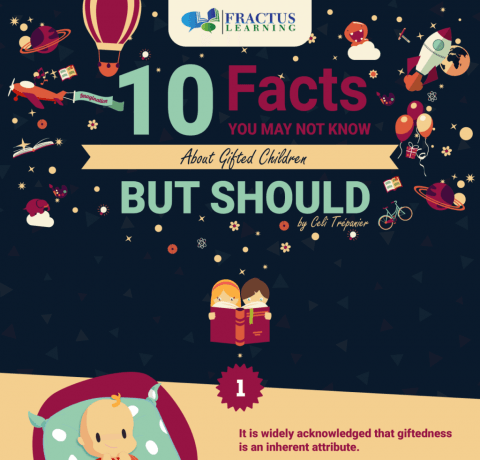12 Steps to Smarter School Accommodations Infographic
The 12 Steps to Smarter School Accommodations Infographic shows you how to create, implement, and maintain an IEP or 504 Plan for your child with ADHD or LD.
1. Document warning signs.
Start compiling documents that substantiate the poor grades, behaviour reports, and hurt feelings that follow your child home from school.
2. Schedule a teacher meeting.
Gather firsthand information while building important bridges.
3. Pursue a diagnosis.
Make an appointment with a neuropsychologist and/or a medical professional who specializes in ADHD or learning disabilities.
4. Request a school assessment.
- Ask the school to assess your child’s eligibility for special services.
- Discuss your request-and supporting documents-in person with school officials.
5. Evaluate your options.
Review the school’s formal assessment results and recommendation of IEP, 504 Plan, or no services.
- Individualized Education Program (IEP): Children diagnosed with ADHD, who fall under the Other Health Impairments category of the Individuals with Disabilities Education Act (IDEA), may qualify for services if they also have an LD or another of the Act’s named conditions.
- 504 Plan: Section 504 of the Americans with Disabilities Act (ADA) provides for in-classroom accommodations for students with disabilities. 504 Plans offer fewer protections than lEPs, but require less extensive documentation.
- No Services Recommended: The school's evaluation concludes that the child's ADHD or learning disabilities will not be helped by accommodations.
6. If you disagree with the school’s assessment.
- Ask about informal classroom assistance such as tutoring or teacher help.
- Make a formal written request for an independent evaluation.
- Request mediation or a due process hearing. (You may do this if you disagree at any stage of the IEP process.) Consider hiring an educational advocate or attorney.
7. Prepare for your IEP/504 meeting.
Following the school’s evaluation, you will attend an IEP/504 meeting. In preparation, gather documents demonstrating your child’s strengths and weaknesses, including paperwork evaluated by the assessment team.
8. Research accommodations.
- Develop a list of homework and classroom accommodations that will work for your child.
- Make copies for each person attending the IEP/504 meeting.
9. Draft IEP with the team.
- Agree on your child’s present level of performance.
- Develop detailed IEP goals with the school team.
- Discuss proposed accommodations with your child’s tutor, therapist, or psychologist before signing a written agreement.
- Sign the IEP. If you give only partial consent, the team will decide on the next steps.
10. Summarize the conclusions.
Follow up the IEP/504 meeting by restating all agreed-upon goals, accommodations and processes in thank-you notes to the school team members.
11. Track progress against goals.
- Agree on a communication plan with teachers.
- Maintain a file of your child’s schoolwork and document all contact with school.
- Schedule periodic reviews with teachers.
12. Review and reassess.
- The IEP team must meet annually. Parents may request a meeting at any time if they feel changes are needed or if the IEP is not being followed.
- Prepare for meetings by organizing and copying all relevant materials.
- If school remains uncompliant, request mediation or a due process hearing.
View also: The Individualized Education Program Roadmap Infographic







You can adjust your cookie preferences here.